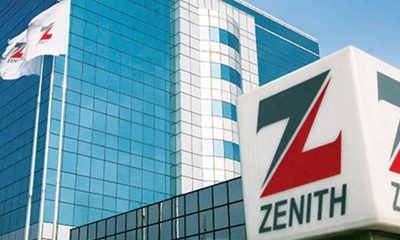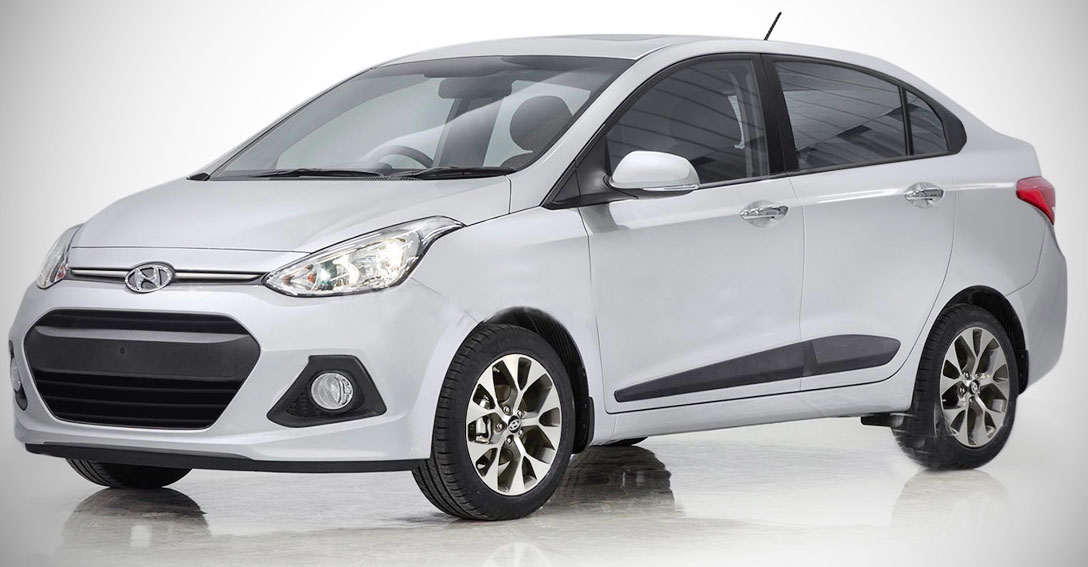THE Tucson name is back on a brand new small SUV that supersedes the ix35 with a new chassis, new engines and a brand new tech. It looks more visually striking thanks to a design that has filtered down from the larger Santa Fe, but inside it can look a little bland and uninviting up against the Renault.
In terms of ride comfort, the Tucson is another step up from its predecessor and offers supple suspension that can easily deal with potholes and nasty road imperfections.
Inside, the ix35’s haphazard dashboard layout has been replaced with something that’s far neater and more ordered. Interior quality has taken a big step forward too with the overall fit and finish easily rivaling anything with a Volkswagen badge.
ALSO SEE: NAMA goes 24/7 on radar control of the airspace
The cabin may not be very visually attractive but the layout and design are both very functional. The dash is simple but you can see where everything is so you don’t have to go poking around trying to work out how to adjust the air con or find your favourite radio station.
The touchscreen infotainment system is very bright and responsive, with easy to navigate menus. All Tucsons come with DAB radio, Bluetooth and air conditioning inside, while SE models benefit from rear parking sensors, heated front seats and climate control. The touchscreen and navigation system come as standard on SE Nav models and above.
ALSO SEE: NCC seeks collaborative effort to protect telecoms infrastructure
Two drive trains are available in the 2016 Hyundai Tucson. The base SE model uses the carryover 2.0-liter naturally aspirated (non-turbocharged) 4-cylinder and 6-speed automatic transmission, while the rest come with the fresh 1.6-liter turbocharged 4-cylinder and a 7-speed automatic dual-clutch transmission. All-wheel drive (AWD) is available with either engine in lieu of the standard front-wheel-drive (FWD) setup.
The AWD Tucson has a “lock” feature that grants up to a 50/50 torque split between the front and rear wheels for better traction in slippery or off-road conditions. While you may equate turbocharging with speed, the application here is more for fuel economy, which allows the Tucson’s smaller engine to be rated up to 33 mpg, a 5-mpg gain over the past 2.4-liter engine. In other welcome news, this turbo engine does just fine running on regular gasoline.

 Comments and Issues2 days ago
Comments and Issues2 days ago
 Business6 days ago
Business6 days ago
 Business1 week ago
Business1 week ago
 Business1 week ago
Business1 week ago
 Business5 days ago
Business5 days ago
 Education7 days ago
Education7 days ago
 News6 days ago
News6 days ago
 Comments and Issues5 days ago
Comments and Issues5 days ago







